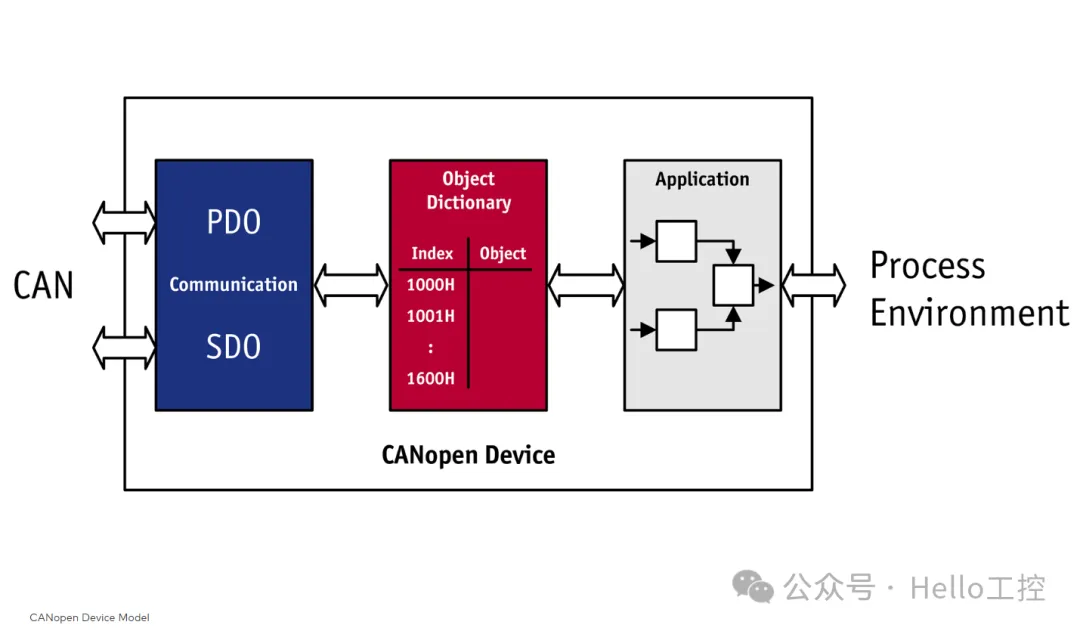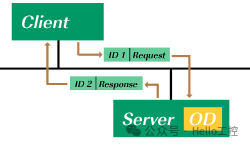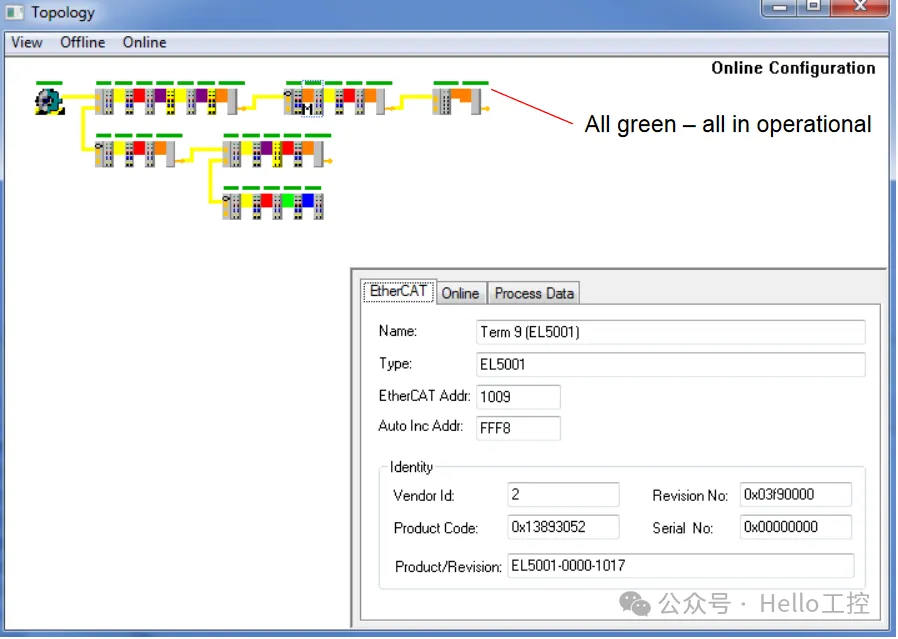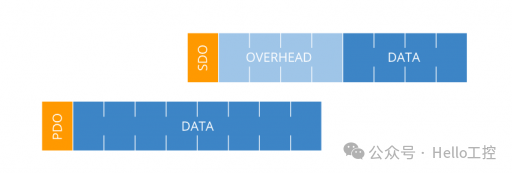
In the CANopen device model, the primary communication objects are PDO and SDO. So, can they be used simultaneously in a CANopen device?

Of course, SDO (Service Data Object) and PDO (Process Data Object) can be used simultaneously. In fact, they serve different purposes in the CANopen network and are often used together to optimize communication between nodes. Before introducing CANopen, here are some basic terms to understand:
Do you know these basics about the CANopen communication protocol?
Here is a brief overview of the simultaneous use of SDO and PDO:

Uses of SDO and PDO
In CANopen®, there are two ways to communicate with slave objects: via SDO (Service Data Object) or PDO (Process Data Object). SDO communication can be used at any time for all objects, but it incurs a significant overhead. PDO is a communication method that minimizes overhead but requires configuration before use. Typically, the default PDO definitions for slaves are sufficient, but sometimes it may be necessary to change the PDO definitions.
SDO (Service Data Object):
-
Purpose: SDO is used to access individual objects in the CANopen node object dictionary. It allows reading or writing specific parameters, such as configuration settings or status information.
-
Characteristics: SDO communication is slower and more cumbersome because it uses a request-response mechanism. Each SDO transfer includes a command identifier, object index, sub-index, and data, making it suitable for occasional or infrequent access to objects.
-
SDO Parameter Set: The SDO parameter set is located in the object dictionary index range 12xxh. The description of the SDO server channel is in the range of 1200h to 127Fh, while the client channel parameter set must be provided in the range of 1280h to 12FFh. The SDO parameter set includes two communication object identifiers (COB-ID) and the node ID of the corresponding communication partner. The COB-ID entries cover the CAN identifiers for CAN frames used to transmit information from “server to client” and vice versa.

PDO (Process Data Object):
-
Purpose: PDO is designed for fast real-time data exchange between nodes. It allows multiple objects to be transmitted in a single CAN message, thereby reducing overhead and increasing efficiency.
-
Characteristics: PDO is typically used for real-time control and monitoring, such as sending motor control commands (RPDO) or receiving sensor data (TPDO). They are pre-configured and suitable for frequent data updates.


Using SDO and PDO Simultaneously
When using SDO and PDO simultaneously, the specific steps are as follows:
-
Configuration and Initialization:
During the initialization phase, SDO is typically used to configure PDO mapping, communication parameters, and other settings. For example, you might use SDO to set the COB-ID (CAN identifier) or transmission type for PDO.

2. Real-time Operation:
Once the system is running, PDO is responsible for real-time data exchange. For example:
RPDO (Receive PDO): The master node sends control commands to the slave node via RPDO.
TPDO (Transmit PDO): The slave node sends status updates or sensor data to the master node via TPDO.
3. Dynamic Configuration:
If it is necessary to dynamically change the PDO mapping or other parameters at runtime, SDO can be used to reconfigure the object dictionary. This provides flexibility while maintaining efficient real-time communication through PDO.

Benefits
The benefits of using SDO and PDO simultaneously include:
-
Efficiency: PDO provides fast, low-overhead communication for real-time data, while SDO handles more complex or infrequent operations.
-
Flexibility: The combined use of SDO and PDO allows for dynamic reconfiguration and fine-tuning of CANopen nodes at runtime.
-
Standard Compliance: Using SDO and PDO together complies with the CANopen standard, ensuring compatibility with various devices and applications.
Using SDO and PDO simultaneously in a CANopen system is a common and recommended practice. SDO is responsible for configuration and infrequent access, while PDO manages real-time data exchange. This combination ensures efficient, flexible, and reliable communication in industrial automation and control applications.
Reference Links:
-
https://www.analog.com/en/resources/app-notes/an-076.html
-
https://devicebase.net/en/can-in-automation-canopen/questions/what-is-pdo-and-sdo-in-canopen/5hc
-
https://www.can-cia.org/can-knowledge/sdo-protocol

- 【Video Course】Introduction to Codesys V3.5 Series(136 people have learned)
- 【Video Course】Basics of Codesys SoftMotion Control(39 people have learned)
- 【Video Course】Codesys SoftMotion Electronic Gears Course(12 people have learned)
- 【Video Course】Codesys SoftMotion Electronic Cam Course(9 people have learned)
- 【Video Course】Creating Custom Libraries in Codesys(22 people have learned)
-
Comprehensive Free Resources for Codesys V3.5 Series
-
Top 10 Common Filtering Algorithms (ST Language)
-
What Does a PLC Integrated with Chat GPT Look Like?
-
Sharing the Top 10 PLC Programming Books of 2023
-
Customize Your Own CODESYS Motion Controller
-
MC_Power.status = FALSE, Can the Axis Still Move?
-
Summary of ST Language Learning Materials

——–END——–

If you like this article, please share and “like” it below.